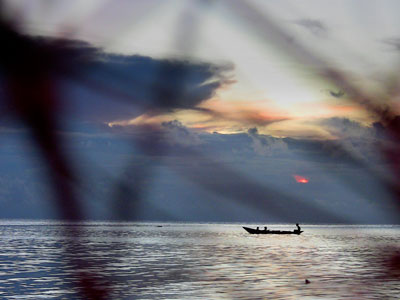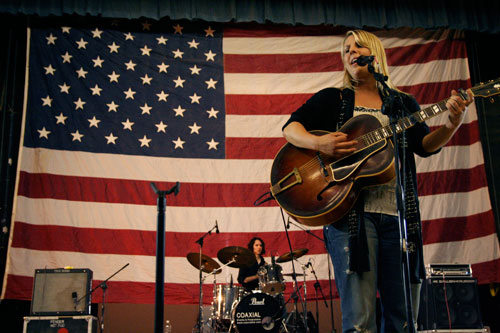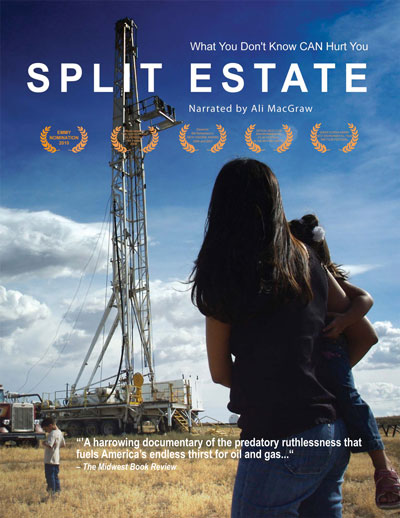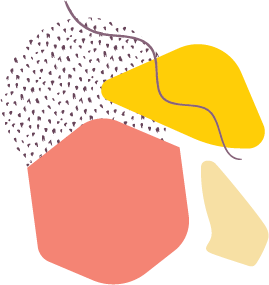Sun Come Up is a character-driven documentary following the relocation of some of the world’s first climate refugees, the Carteret Islanders – a community living on a remote island chain in the South Pacific Ocean. The islanders are among the first to organize a community-wide evacuation as a result of climate change. The Carteret Islanders inhabit six pristine islands, 50 miles off the coast of Papua New Guinea, and share a rich tradition of music, dance, and storytelling. For centuries, they’ve lived on a diet of fresh fish, bananas and vegetables, and without cars, electricity, or running water. Their carbon footprint leaves one of the lightest impressions on the planet. Now, however, a modern crisis has intruded upon them, and their idyllic community is on the verge of dramatic change. Rising seas contaminate their fresh water and gardening land, erode the shoreline and contribute to severe and unpredictable weather. As their beloved homeland disappears into the sea, they stand to lose their livelihood, fond memories, and close communal ties. Sun Come Up follows relocation leader, Ursula Rakova, and a group of young islanders led by Nick Hakata as they search for land in Bougainville, an autonomous region of Papua New Guinea 50 miles across the open ocean. The move will not be easy as Bougainville iteself is recovering from a 10-year civil war. Many Bougainvilleans remain traumatized by the “Crisis” as the civil war is known locally. Yet, Sun Come Up isn’t a familiar third world narrative. Out of this tragedy comes a story of hope, strength, and profound generosity. San Kamap (Sun Come Up) means sunrise in pidgin and reflects this sentiment – the resilience of the Carteret’s community, and the hope that’s present at the start of a new day.
Summary info for schedule – will be hidden on film page

Sun Come Up
38-minutes
Screening day / time
Sun Come Up
Filmmaker(s)
Running Time
Sun Come Up
Filmmaker Notes:
How did you get started in documentary filmmaking?I studied environmental science in college and thought I would become a tropical ecologist. In my last year, I took a film and photography course and fell in love with it. From there I worked my way up the ranks as a PA, AP, field producer, and producer. After producing for NOVA, Discovery and others, I decided to try my hand at an independent project. What inspired you to make Sun Come Up?In 2008 a close friend showed me a humanitarian alert- it was the story of the Carteret Islanders. At the time, I didn’t realize climate change was forcing people from their land, and I was shocked to learn of their story. I have a background in environmental science and journalism, and I realized if I hadn’t heard of the issue, then probably a lot of other people hadn’t either. It seemed like and incredibly important story to tell. After researching the story, I learned the Carteret Islanders were negotiating for a new home on Bougainville, an island recovering from a 10-year-civil war that started over a different environmental issue (mining). Many Bougainvilleans lost their land, their livelihood, and their sense of security during the war. There are parallels between their history and the story of the Carteret Islanders. I thought a deeper story might exist about two communities, both uprooted due to environmental tragedies, uniting over a common purpose or understanding. What were some of the challenges and obstacles in making this film, and how did you overcome them?The greatest obstacle in making the film was the distance and inability to contact most of the islanders beforehand. The Carteret Islands are quite remote, and they don’t have a way of communicating with the outside world, apart from a radio that connects them to Bougainville. The head of the Carteret’s relocation program, Ursula Rakova, now lives on Bougainville and is working on the ground to facilitate the move through the islanders’ own NGO, Tulele Peisa. I contacted her, and she helped us make plans to travel to the islands by boat once we arrived in the region.The other obstacle was the lack of supplies, and electricity on the Carteret Islands. We packed in almost everything we needed, including solar panels to charge the camera batteries. The camera’s tape compartment jammed on Day 2 of the shoot, and I thought that was the end of the film!




